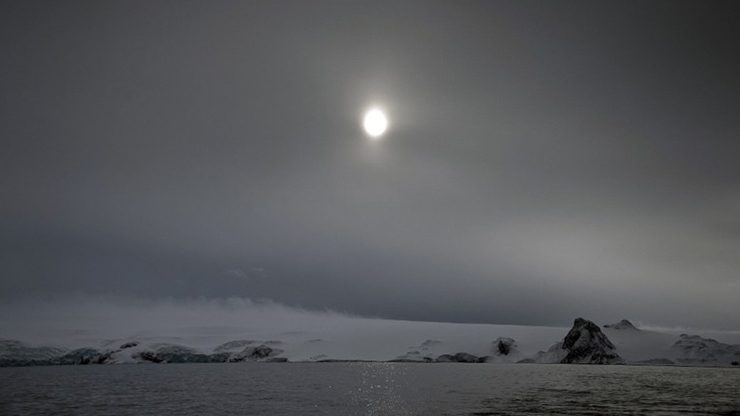SUMMARY
This is AI generated summarization, which may have errors. For context, always refer to the full article.

PARIS, France – Sea levels around Antarctica have been rising a third faster than the global average, a clear sign of high meltwater runoff from the continent’s icesheet, scientists said on Sunday, August 31.
Satellite data from 1992 to 2011 found the sea surface around Antarctica’s coast rose by around 8 centimeters (3.2 inches) in total compared to a rise of six cm for the average of the world’s oceans, they said.
The local increase is accompanied by a fall in salinity at the sea surface, as detected by research ships.
These dramatic changes can only be explained by an influx of freshwater from melting ice, warned the study.
“Freshwater is less dense than salt water, and so in regions where an excess of freshwater has accumulated, we expect a localized rise in sea level,” said Craig Rye from Britain’s National Oceanography Centre, who led the probe.
The estimate of ice loss and the precise source of it are hard to pin down, though.
According to the team’s computer model, around 350 billion tons a year of freshwater influx, plus or minus 100 billion tons, would explain the rise.
This estimate puts together freshwater from the ground-based icesheet and also from the thinning of ice shelves – floating ice that is attached to the coast and created by glaciers disgorging from the icesheet.
Most of the meltwater is being discharged around the Antarctic peninsula – the giant finger of land that juts towards South America – and in the Amundsen Sea.
“Accelerating discharge from the Antarctic icesheet has had a pronounced and widespread impact on the adjacent subpolar seas over the past two decades,” said the study.
The stability of the Antarctic ice sheet is one of the big factors in the global warming equation.
The biggest single source of freshwater in the world, it would drown many coastal cities if a large part of it were to melt.
Getting an accurate fix on this risk, though, is bedeviled by unknowns, partly because the icesheet is also gaining mass in some places through greater snowfall.
According to the newly-published Fifth Assessment Report by the UN’s Intergovernmental Panel on Climate Change (IPCC), ice loss from Antarctica probably rose from 30 billion tons a year to 147 billion tons annual in the decade to 2001.
The global mean sea level rose by 19 centimeters from 1901-2010, an average 1.7 mm per year, according to the IPCC’s report.
This accelerated to 3.2 mm per year between 1993 and 2010.
The panel projected sea levels would rise between 26 and 82 cm by 2100. – Rappler.com
Add a comment
How does this make you feel?
There are no comments yet. Add your comment to start the conversation.